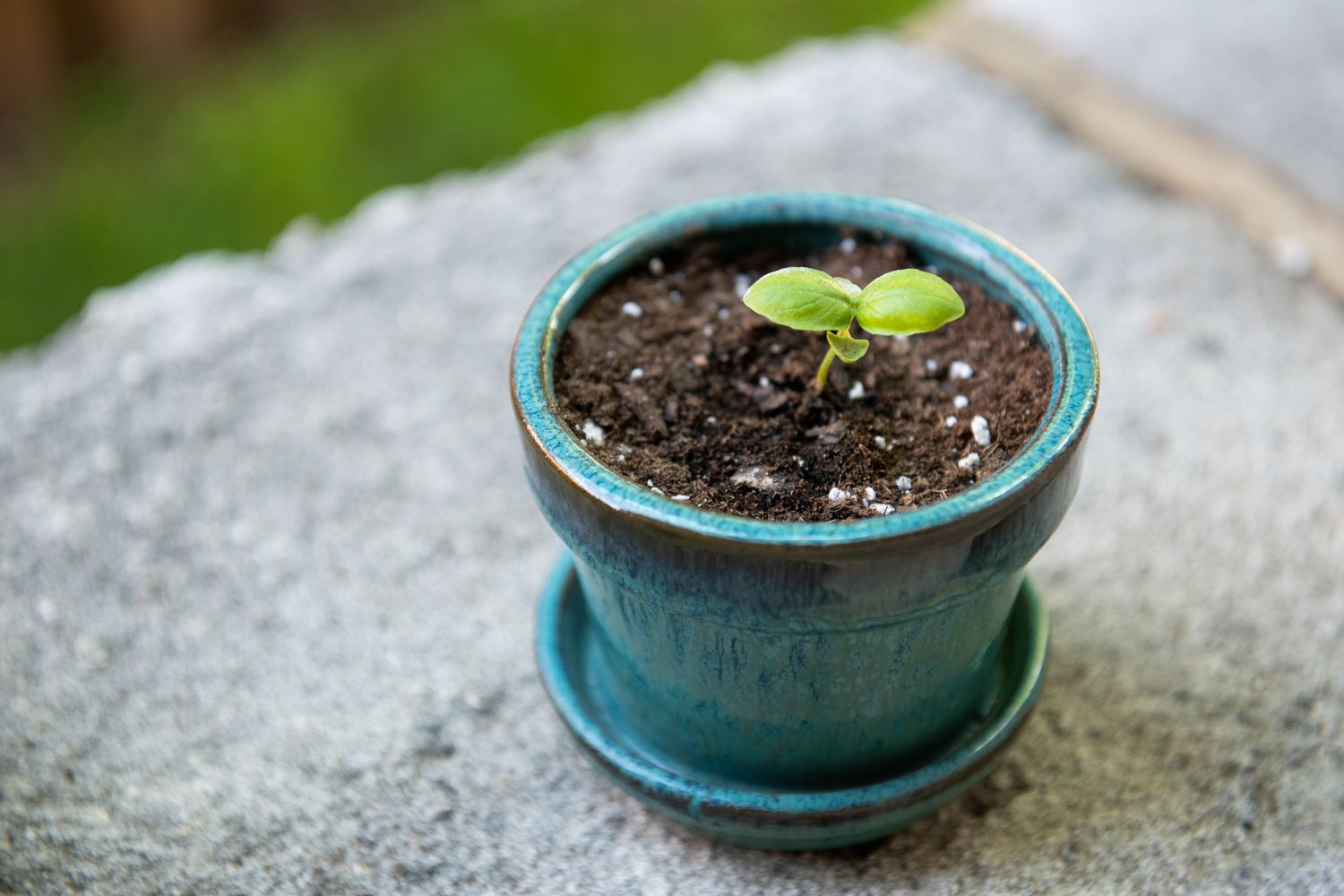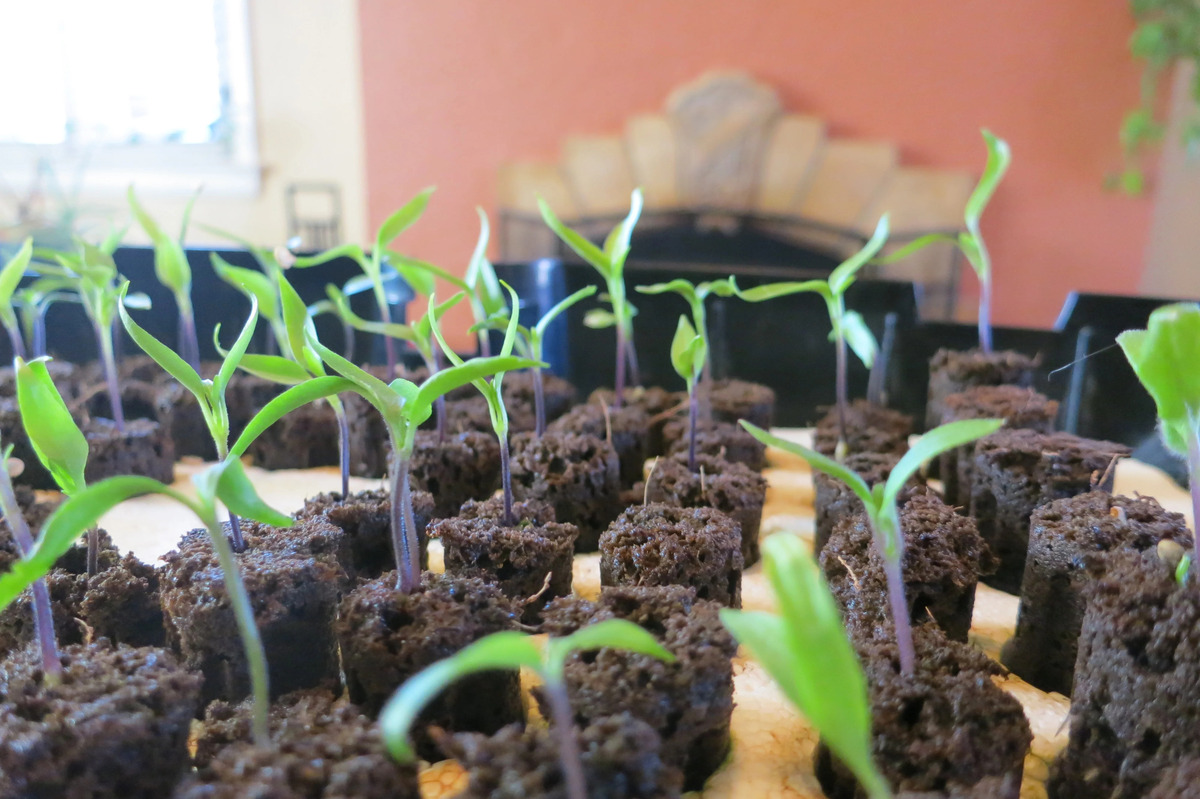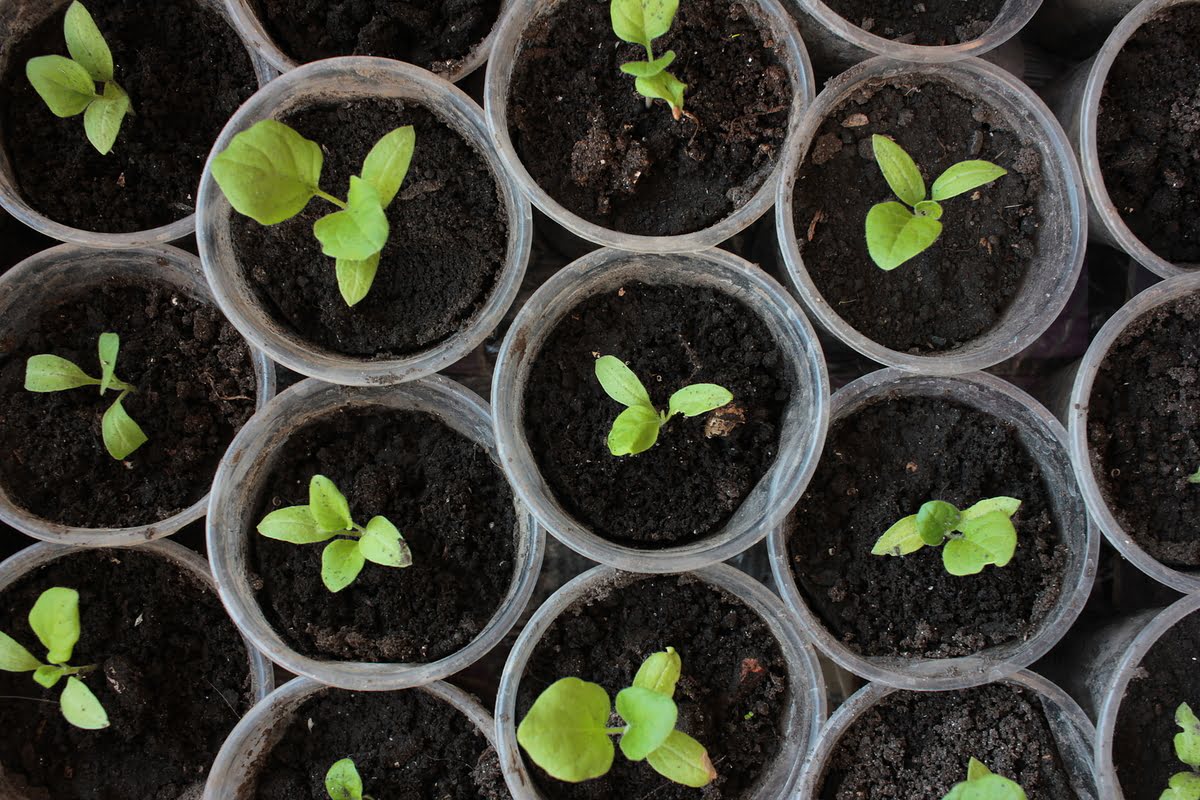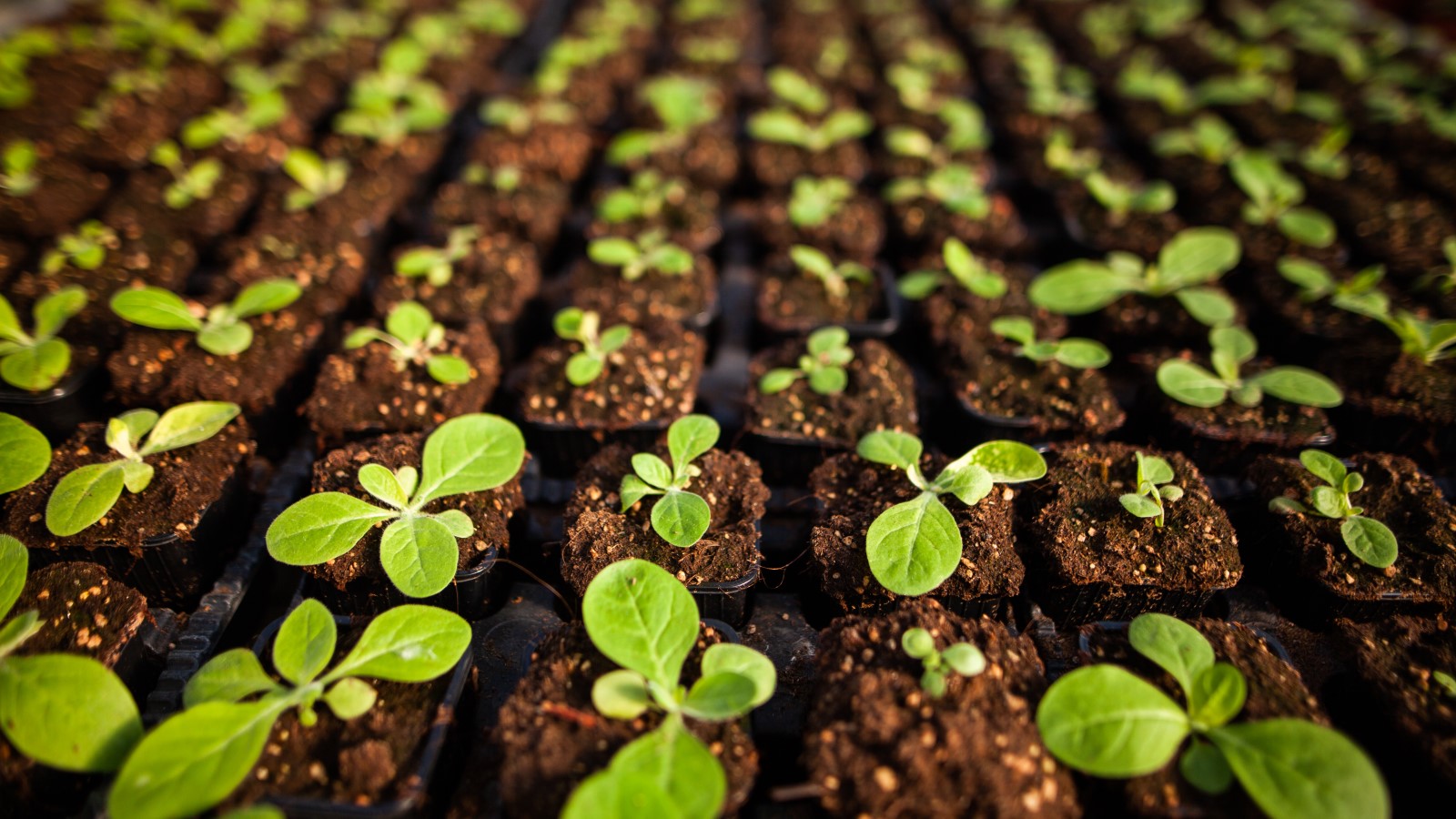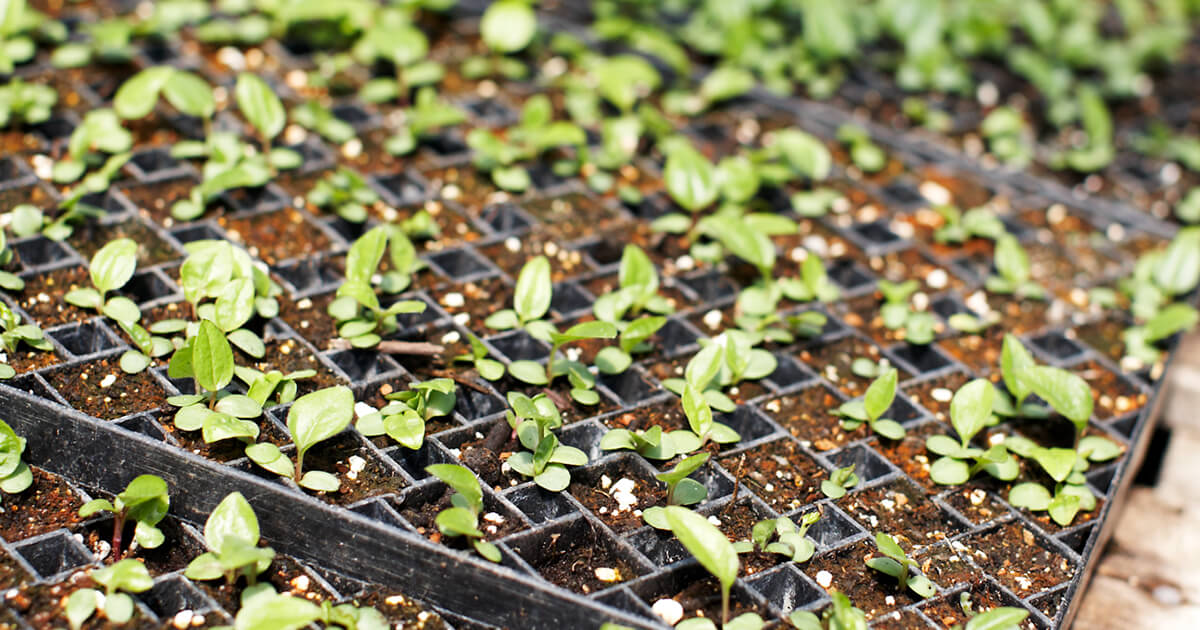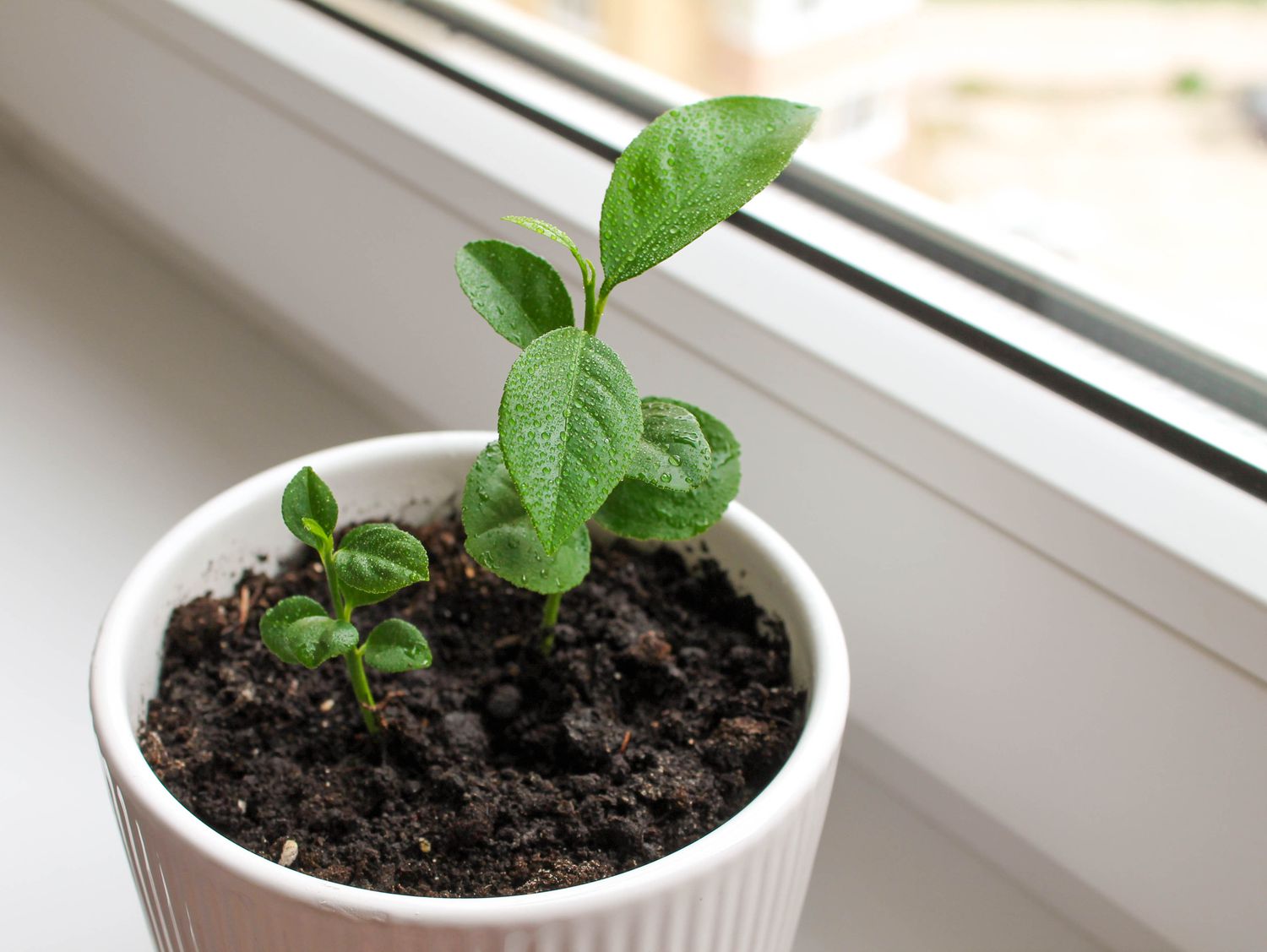Home>Types of Gardening>Edible Gardening>When To Thin Bok Choy Seedlings
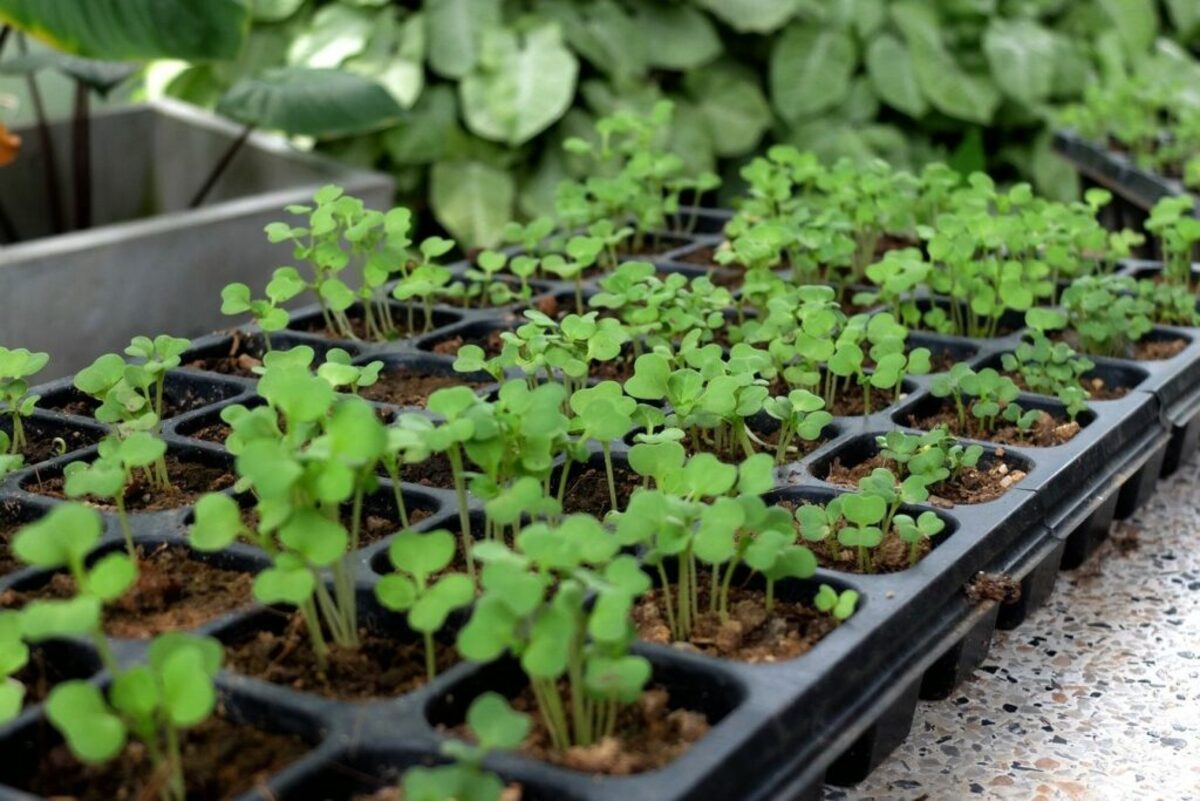

Edible Gardening
When To Thin Bok Choy Seedlings
Published: January 2, 2024
Learn when to thin bok choy seedlings for a successful edible gardening experience. Discover the best timing and techniques for thinning to ensure healthy growth.
(Many of the links in this article redirect to a specific reviewed product. Your purchase of these products through affiliate links helps to generate commission for Chicagolandgardening.com, at no extra cost. Learn more)
Table of Contents
**
Introduction
**
Welcome to the fascinating world of bok choy cultivation! As an edible gardening enthusiast, you understand the joy of nurturing plants from tiny seeds into thriving, nutritious greens. Bok choy, with its crisp texture and mild flavor, is a delightful addition to any home garden or kitchen table. However, ensuring the optimal growth of bok choy seedlings requires attentive care and knowledge of crucial practices such as thinning.
In this comprehensive guide, we will delve into the art of thinning bok choy seedlings, exploring the ideal timing for this essential task and the indicators that signal the need for thinning. By the end of this article, you will be equipped with the expertise to thin your bok choy seedlings effectively, fostering their robust development and maximizing your harvest.
Whether you are a seasoned gardener or a novice with a newfound passion for cultivating edible greens, this guide will provide valuable insights into the art and science of thinning bok choy seedlings. Let's embark on this enlightening journey together, as we unravel the secrets to cultivating vibrant and thriving bok choy plants in your home garden.
Understanding Bok Choy Seedlings
Before delving into the intricacies of thinning bok choy seedlings, it is essential to develop a profound understanding of these delicate, emerging plants. Bok choy, also known as Chinese cabbage, belongs to the Brassica rapa family and is prized for its crisp, white stems and vibrant green leaves. As a cool-season vegetable, bok choy thrives in moderate temperatures, making it an ideal choice for early spring or fall cultivation.
When bok choy seeds first germinate, they give rise to tender, fragile seedlings that require meticulous care to ensure their healthy growth. These seedlings typically develop two cotyledon leaves, followed by the emergence of true leaves. As they mature, bok choy seedlings form compact rosettes, with each plant exhibiting a cluster of leaves that gradually unfurl into the characteristic shape of mature bok choy.
Understanding the growth patterns and characteristics of bok choy seedlings is crucial for identifying the optimal time to thin them. By recognizing the distinct features of healthy bok choy seedlings, including their size, leaf density, and overall vigor, you can make informed decisions when it comes to thinning, thereby promoting the robust development of your bok choy plants.
Moreover, comprehending the specific needs of bok choy seedlings in terms of light, water, and nutrients is pivotal for their overall well-being. By providing them with the right environmental conditions and attentive care, you can lay the foundation for strong, resilient bok choy plants that will yield an abundant and delectable harvest.
Factors to Consider Before Thinning
Before embarking on the thinning process, it is essential to consider several factors that will influence the decision-making process and the overall health of your bok choy seedlings. Understanding these factors will enable you to make informed choices and ensure the optimal growth of your plants.
- Seedling Density: Assess the density of your bok choy seedlings, taking note of how closely they are growing together. An overcrowded environment can impede their access to essential resources such as sunlight, water, and nutrients, hindering their growth and development.
- Plant Spacing: Consider the recommended spacing for mature bok choy plants and visualize how the seedlings will eventually occupy the available space. Adequate spacing is crucial for allowing each plant to receive sufficient light and airflow, fostering strong and healthy growth.
- Competition for Resources: Evaluate the competition among the seedlings for resources such as water and nutrients. Overcrowding can lead to intense competition, resulting in stunted growth and diminished vigor.
- Desired Harvest Size: Determine the desired size of your bok choy at harvest. Thinning can influence the final size of the mature plants, as it allows the remaining seedlings to allocate resources more efficiently, potentially yielding larger and more robust bok choy.
- Growth Stage: Take into account the current stage of growth of your bok choy seedlings. Thinning at the appropriate stage ensures that the remaining plants have ample time to recover and thrive, enhancing their overall resilience.
By carefully considering these factors, you can make well-informed decisions regarding the thinning process, setting the stage for the successful cultivation of vibrant and flourishing bok choy plants in your garden.
Signs That Bok Choy Seedlings Need Thinning
Recognizing the signs that indicate the necessity for thinning bok choy seedlings is crucial for maintaining their overall health and promoting robust growth. By staying attuned to these indicators, you can intervene at the right time, ensuring that your bok choy plants have the space and resources they need to thrive.
- Stunted Growth: If you notice that your bok choy seedlings are exhibiting stunted growth, with limited upward and outward expansion, it may be an indication of overcrowding. Thinning can alleviate this issue, allowing the remaining plants to flourish.
- Yellowing Leaves: The presence of yellowing or discolored leaves among the seedlings can signal a lack of access to essential resources due to overcrowding. Thinning can mitigate this issue, enabling the remaining plants to receive adequate light and nutrients.
- Sparse Foliage: Seedlings with sparse foliage, characterized by gaps or thinning areas within the cluster of leaves, may benefit from thinning to encourage fuller and more vigorous growth.
- Uneven Growth: Observing significant disparities in the growth rates of your bok choy seedlings, with some plants thriving while others lag behind, indicates the need for thinning to create a more balanced and equitable growing environment.
- Intense Competition: If you notice intense competition among the seedlings, with signs of overcrowding and overlapping foliage, thinning becomes essential to alleviate the strain on the plants and promote healthier growth.
By remaining vigilant and attentive to these signs, you can proactively address the needs of your bok choy seedlings, setting the stage for their successful development into robust and vibrant plants that will yield a bountiful harvest.
How to Thin Bok Choy Seedlings
Thinning bok choy seedlings is a delicate yet essential task that requires precision and care to ensure the continued vitality of the remaining plants. By following these step-by-step guidelines, you can effectively thin your bok choy seedlings, creating an optimal environment for their robust growth and development.
- Choose the Right Time: Select the appropriate stage of growth for thinning, typically when the seedlings have developed their first true leaves and are sturdy enough to withstand the thinning process.
- Identify the Weaker Seedlings: Carefully assess the seedlings and identify those that appear weaker or less vigorous compared to their counterparts. These are the candidates for removal during the thinning process.
- Gentle Removal: With a firm yet gentle touch, carefully grasp the base of the identified seedlings slated for removal. Slowly and steadily pull the seedlings from the soil, taking care not to disturb the surrounding plants.
- Appropriate Spacing: Aim to maintain the recommended spacing between the remaining seedlings, providing adequate room for each plant to thrive and access essential resources.
- Avoid Disturbance: Minimize any disruption to the surrounding soil and plants during the thinning process, ensuring that the remaining seedlings remain undisturbed and poised for continued growth.
- Post-Thinning Care: Following the thinning process, provide the remaining seedlings with gentle watering and ensure that they receive optimal light and nutrients to support their recovery and subsequent growth.
By adhering to these guidelines, you can execute the thinning process with precision and finesse, setting the stage for the remaining bok choy seedlings to flourish and thrive, ultimately yielding a bountiful and rewarding harvest.
Conclusion
Cultivating bok choy seedlings into robust and thriving plants is a rewarding journey that begins with attentive care and informed practices such as thinning. By understanding the unique needs of bok choy seedlings and recognizing the signs that indicate the necessity for thinning, you can intervene at the right time, setting the stage for the optimal growth of your plants.
Factors such as seedling density, plant spacing, and the desired harvest size play pivotal roles in determining the success of the thinning process. By carefully considering these factors, you can make informed decisions that will benefit the overall health and vitality of your bok choy plants.
Thinning bok choy seedlings is a delicate yet essential task that requires precision and care. By identifying the weaker seedlings and executing the thinning process with finesse, you can create an optimal growing environment for the remaining plants, fostering their resilience and ensuring their continued development.
As you embark on this enriching journey of cultivating bok choy, remember that each step, from sowing the seeds to thinning the seedlings, contributes to the overall success of your garden. Embrace the art and science of thinning bok choy seedlings as an opportunity to nurture and support the growth of these remarkable plants, ultimately reaping the rewards of a flourishing and abundant harvest.
With these insights and guidelines at your disposal, you are well-equipped to embark on the thinning process with confidence and expertise, paving the way for the vibrant and thriving bok choy plants that will grace your garden and culinary creations.
